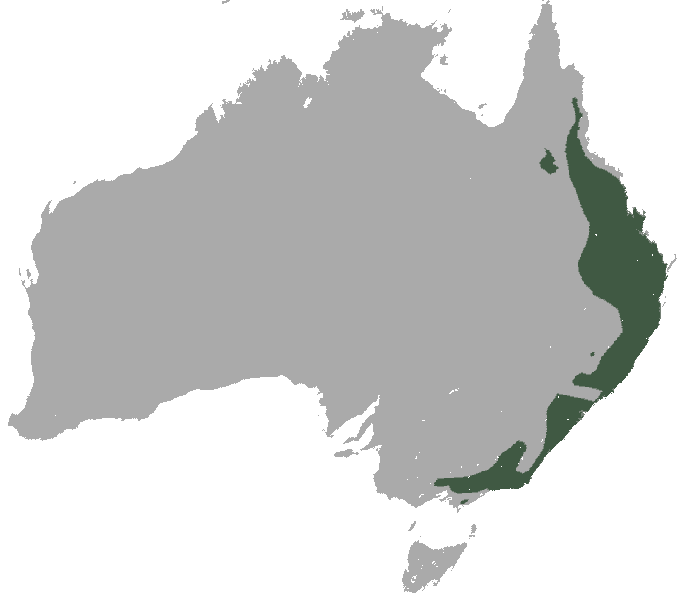Megan Woolley reporting
Greater Gliders have officially been upgraded to an endangered species, and local nature groups are working tirelessly to help restore their numbers.
On July 5, Environment Minister Tanya Plibersek accepted the recommendation of the Threatened Species Scientific Committee to uplist Greater Gliders from “vulnerable” to “endangered.”
In the last 20 years, glider populations have plummeted across the south-east by as much as 80% and endured extreme habitat loss during the bushfires.
Springfield Lakes Nature Care (SLNC) President Luise Manning said that the loss of large trees is largely to blame.
“Greater Gliders need large hollows in order to thrive and survive. When land is cleared, many large, old trees are removed,” she said.


In October 2021, SLNC installed 10 nest boxes specifically for greater gliders and 10 rear-entry glider boxes to assist their survival.
“Sadly, we didn\’t find any gliders taking up residence in the nest boxes, but we did find their smaller cousins – the Squirrel Gliders – inhabiting the smaller rear-entry boxes,” Ms Manning said, noting that it was a good sign.
“In one box, we found a family of four, and some boxes contained one or two. This proves that, by investing in habitat boxes, we can assist wildlife with artificial homes until new growth forests begin to create the hollows they need for their survival.”
“The bare earth clearing activities – which seem to be adopted by many of the developers – don\’t take into account the cost of an old tree and the importance of retaining numbers of trees with hollows in which gliders require,” she said.
LendLease is aware of the threat, according to development documents, and itself warns that glider habitats onsite must be inspected and supervised by a licensed Fauna Spotter prior to and during clearing activities.
Ms Manning said she was grateful that the nearby White Rock-Spring Mountain Conservation Estate continues to maintain acres of trees suitable for myriad non-nest-building birds, such as Kookaburras, Kingfishers, Lorikeets, Galahs, Cockatoos, Treecreepers, Rosellas, and Phascogales.
In the meantime, SLNC is trying to raise awareness in the community of the existential threat the greater gliders are facing, and Ms Manning herself believes the interest is there.
“A recent Spotlight Survey Night during Science Week – from August 13 to 21 – was attended by around a dozen people, including four children and their parents. It demonstrates that families in particular are interested in observing these shy marsupials,” she said.
“All participants were very excited to observe two gliders scurry up the spotted gum trees and launch themself from high above in the tree canopy.
“It was certainly an ‘ooh! ah!’ moment!”
Springfield Lake Nature Care is an incorporated group of volunteers working to protect and enhance the natural environment within and around Opossum Creek Catchment. You can reach them at info@springfieldlakesnaturecare.org.au or visit their Facebook page.
Daniel Bouwmeester contributed to this story.
